Search Images
Browse Content (p. 841)
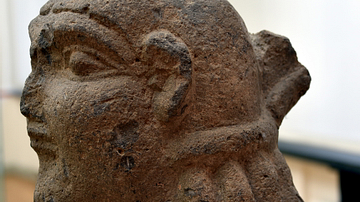
Image
Head of a Sphinx from Vulci
This head belonged to a crouching sphinx with a lion's body and wings. It stood wither on a tumulus or as a "sentinel" at the entrance to the grave. Nenfro (tuff). From Vulci, Italy. Circa 600 BCE. It is on display at the Altes Museum in...
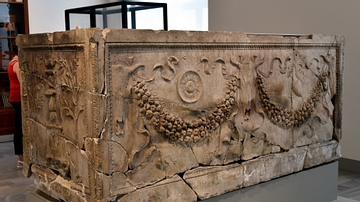
Image
Caffarelli Sarcophagus
This garland sarcophagus, known in drawings since the 15th century CE, originally stood on the Tiber Island in Rome. In a photograph taken between 1864-1866 CE, it is seen surrounded by ornamental plants in the garden of Palazzo Caffarelli...
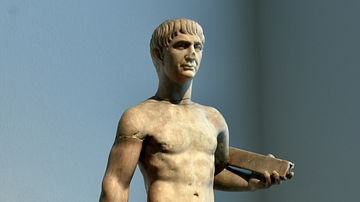
Image
Statuette of Trajan
The head and torso of this statuette did not originally go together. The head is a portrait of the Roman Emperor Trajan (r. 98-117 CE). Records of the sculpture, first presumed to be a gladiator, can be traced back to the Venetian Andrea...
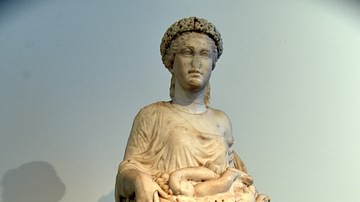
Image
Statuette of a Hora of Autumn
The body of the statuette apparently, found in a "vineyard near Vesuvius", is almost fully intact. The head, dating from antiquity, does not belong to it and was attached and amended by Bartolomeo Cavaceppi. After 1830 CE, the Hora was displayed...

Image
Statuette of Dionysus from Priene
The statuette of the young wine god with effeminate features bears heavy signs of scorching. It originates from a particularly large and wealthy Prienean house that was destroyed in the disaster around 135 BCE. It perhaps once adorned the...
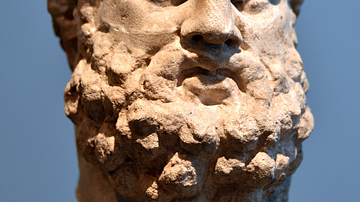
Image
Herakles as Pugilist
This smaller than life-size head came from a statue that represented the Greek hero Herakles as a pugilist. Indications for this include the puffy ears that also appear in images of sportsmen. Herakles was their patron deity; the statue may...
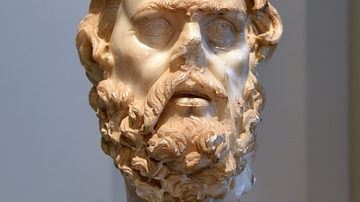
Image
Head of Marsyas
The head belongs to a statue from a group composition, which probably represented the musical contest between Apollo and the Silenus Marsyas. Marsyas' painted facial expression shows that he is starting to realize the full implication of...
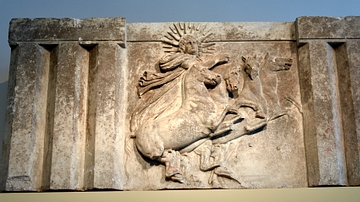
Image
Metope of Helios in Quadriga
This was part of a marble architrave. The row of sculpted metopes on the north side of the temple to the goddess of the city of Ilion, Athena, began with an image of the sun god's Quadriga rising out of the sea. Like the Parthenon in Athens...
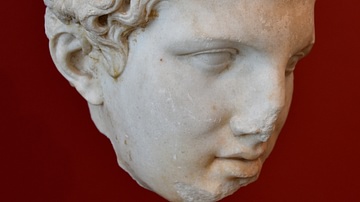
Image
Portrait of a Hellenistic Ruler
This partly preserved head of a young man with idealized facial features is understood to represent a Hellenistic ruler, due to the band in his curly hair. Certain classification is however not possible. Historically plausible suggestions...
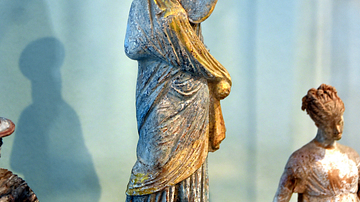
Image
Tanagra Figurine
This small terracotta figurine is part of the so-called "Tanagra Figurines", which represent wealthy middle-class women. These statuettes served as votive and funerary objects, carrying a symbolic meaning connected with the status and role...